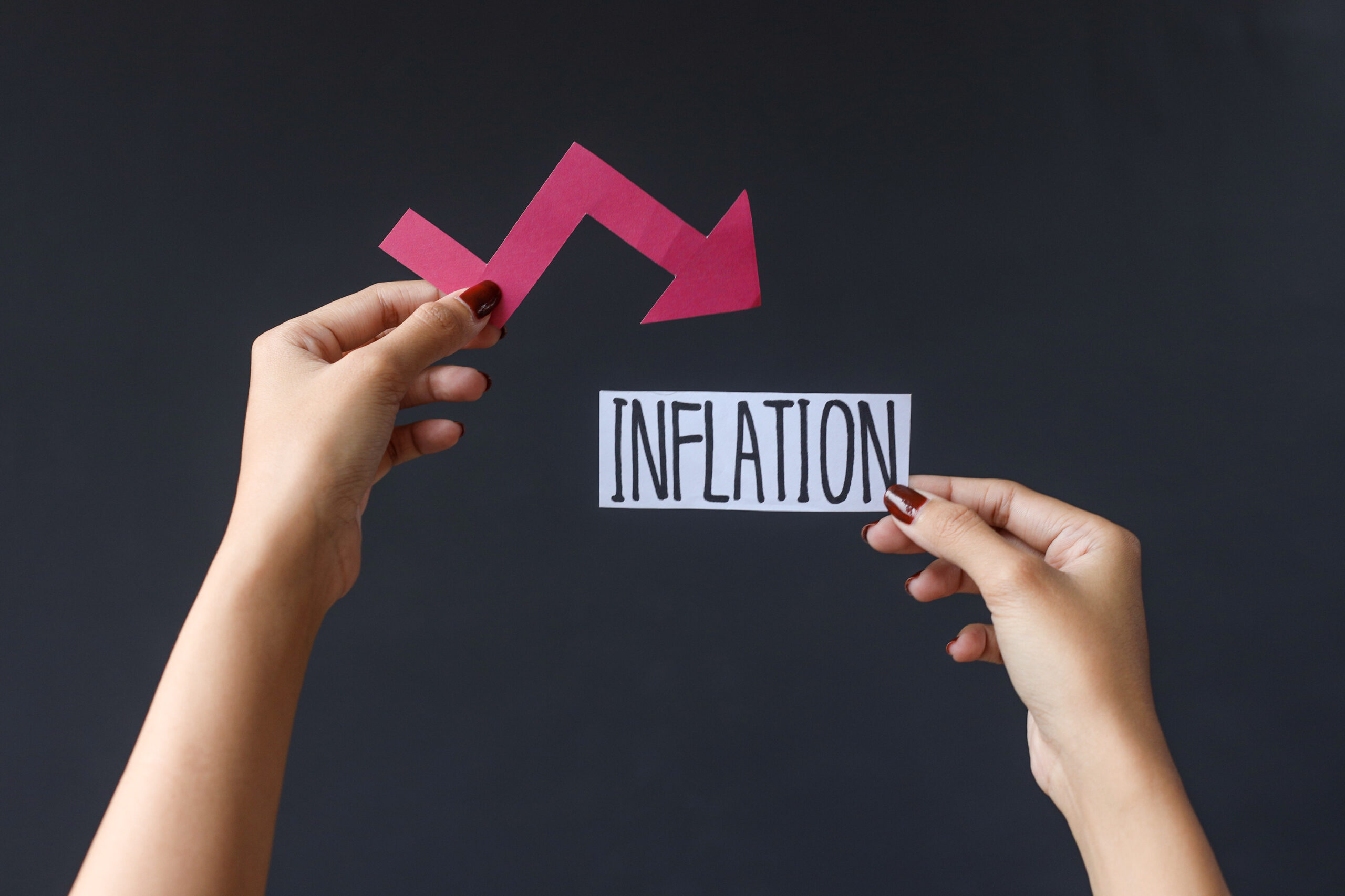U.S. inflation has unexpectedly dropped to 2.4% in March, exceeding economists’ forecasts, as the country navigates a period of trade turbulence and President Donald Trump’s shifting stance on tariffs.
The latest figures from the Bureau of Labor Statistics reveal a significant decline from February’s 2.8% and a step below the predicted 2.5% inflation rate. This news comes as the Federal Reserve grapples with the economic impact of Trump’s abrupt tariff decisions, including a temporary suspension of tariffs on some U.S. trading partners.
Core Inflation Also Declines
The report also indicated a 2.8% increase in core inflation, which excludes volatile food and energy prices. This figure is down from 3.1% in February and also below the 3% forecast by economists. The lower-than-expected inflation rates are seen as a relief for the Federal Reserve, which is trying to strike a balance between fostering economic growth and managing inflation.
Stock Market Reacts to Inflation Data
Following the release of the inflation data, U.S. stocks saw a decline, with the S&P 500 falling by 2.8%. Treasury yields also dropped, with the two-year yield falling to 3.81%, down 0.14 percentage points. Analysts point out that this shift could affect the Federal Reserve’s decision on interest rates.
Fed Faces Dilemma: Cut Rates or Hold Steady?
The Federal Reserve is in a difficult position. On one hand, it is considering whether to cut interest rates to prevent a potential slowdown due to the fallout from Trump’s trade policies, especially with tariffs on U.S. trading partners. On the other hand, the Fed must also be cautious about letting inflation rise again, and the latest figures give the central bank some leeway.
Trump’s Tariff Announcement and Its Impact
In a dramatic move earlier this week, President Trump announced a 90-day suspension of certain tariffs, which led to a rally in U.S. stock markets. However, the U.S. imposed a 125% tariff on Chinese goods, further escalating the trade tensions. This decision and the broader tariff strategy have raised concerns about inflationary pressures in the coming months.
Economists See Room for Fed Action
Economists are reacting positively to the inflation data. Eric Winograd, chief economist at AllianceBernstein, called the March inflation numbers “very good news” and noted that it reduced pressure on the Federal Reserve to cut rates immediately. He added that the central bank could have more flexibility in response to potential economic challenges arising from tariffs. “There’s less pressure on the Fed to ease,” he said, forecasting the first rate cut of the year in June.
Tariff Impact on Inflation Expected to Increase
The inflation figures for March were recorded before the implementation of Trump’s new tariffs, which are expected to increase inflation in the coming months. Federal Reserve officials have warned that these tariffs could fuel inflation while slowing economic growth. The central bank’s March meeting minutes highlighted that inflationary effects from tariffs may persist longer than initially expected.
Market Focus Shifts to Tariff Effects on Inflation
While the latest inflation report provides some comfort, analysts are closely watching the ongoing impact of tariffs on inflation moving forward. Subadra Rajappa, head of U.S. rates strategy at Société Générale, acknowledged that the March inflation data was “welcome news,” but emphasized that future tariff effects on inflation will be key for the markets.
In conclusion, while March’s inflation numbers give the Fed some breathing room, the ongoing trade tensions and tariffs remain a critical factor in shaping the U.S. economy’s path forward.





